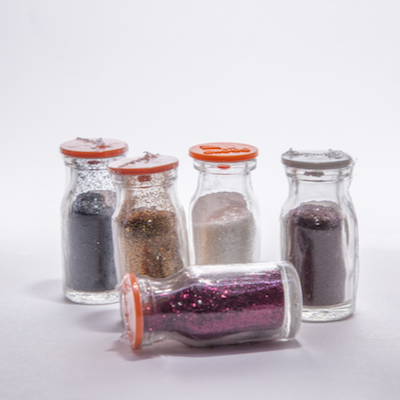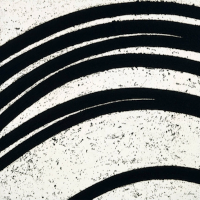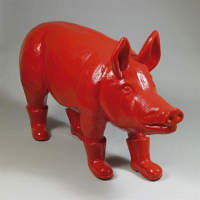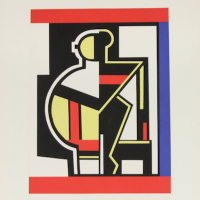
What is Carborundum?
Carborundum is the trademark name for silicon carbide crystals used as an abrasive material in sandpaper, cutting tools and grinding wheels. Artists originally used the substance for grinding lithography stones, but collagraph prints use it to create texture and tone gradients.
Image © Muka In Room/Shutterstock- Show All
- Established
- Discoveries
ARTWORKS RELATED TO CARBORUNDUM

Postminimalism describes the range of art styles in the 1960s which followed Minimalism. Forms of art common the term include conceptual, body, performance, process and site-specific themes. While Minimalism generally embraced impersonality, postminimalists sought to retain Minimalism or embrace expressiveness; investigating new materials and techniques.













